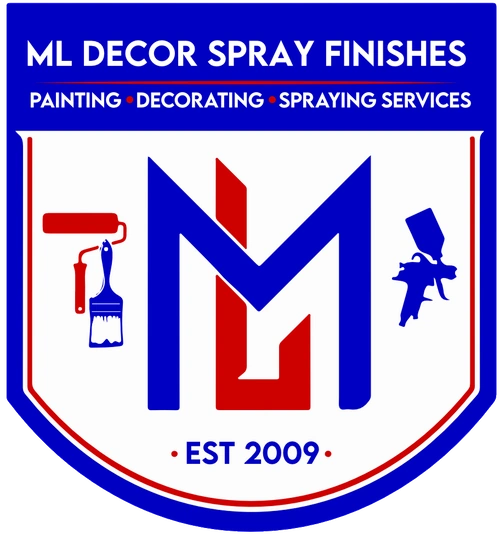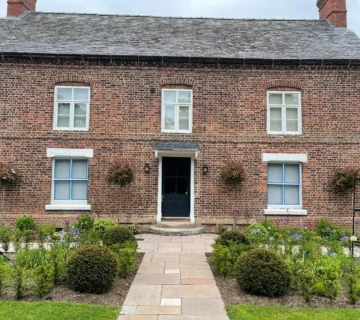Self-Employment as a Painter and Decorator: Understanding Hourly Rate
Self-employment is a usual approach people choose to get work in this industry, which is unsurprising given that painting and decorating is such a prominent trade in the UK. Painters and decorators starting alone may need help to settle on an hourly charge for their services. In this piece, we will discuss how to calculate an acceptable hourly rate for a painter and decorator in the UK who works independently as a self-employed business owner.
What to Think About When Choosing an Hourly Rate
When determining an appropriate hourly rate for a self-employed painter and decorator in the UK, there are several considerations to consider. These factors are as follows:
Specialization
Painting murals and restoring historic buildings are two examples of specialized work that some independent painters and decorators focus on as their areas of expertise. Because of their specialist nature, these abilities might fetch higher hourly fees.
Expertise and Experience
A self-employed painter and decorator with additional expertise will, in most cases, pay a higher hourly fee than someone who has only recently begun in the industry. This is because skilled painters and decorators will probably complete their tasks more productively while producing higher-quality work.
Scope in Market
The need for painting and decorating solutions in your area also affects the hourly cost you charge for those services. You can increase the hourly rate you charge for your services when there is a significant demand for them.
Location
Location is another factor that might influence the hourly rate, and it is essential to remember this. Those available in metropolitan regions typically have higher pay rates than those available in rural locations.
Overheads
When determining your hourly rate to serve as a self-employed painter or decorator, you will need to consider overhead expenses like machinery, tools, and insurance costs. These costs can add up quickly.
How to Figure Out an Hourly Rate
After you have given each of the considerations mentioned above some thought, you will be able to begin determining a reasonable hourly charge for your services. The following is a step-by-step process that will assist you in determining your hourly rate:
Step 1: Calculate your annual income
The first thing you need to do to figure out how much you should charge per hour is to decide how much annual income you want. Your monetary objectives and the price of living in your area should serve as the basis for this decision.
Step 2: Account for overhead costs
The next thing you need to do is consider your operating expenses, training costs, travel costs, equipment costs etc.
Step 3: Estimate Your Billable Hours
The number of hours you can work in a given year is the number of billable hours you have. Several criteria, such as the need for your services and the availability of your services, will determine this.
Step 4: Calculate Your Hourly Rate
When calculating your hourly rate, you will need to consider various criteria, including your level of experience, geographic location, area of expertise, business overhead costs, and consumer demand. After you have determined the amount of annual income you desire, the number of overhead expenditures you incur, and the number of billable hours, you may apply a formula to determine your hourly rate. The following procedure, as you possess all of the necessary information:
Hourly Rate = (Desired Annual Income + Overheads) / Billable Hours
How much does a self-employed painter and decorator make per hour?
A self-employed painter and decorator in the UK can earn a very different hourly rate depending on various criteria, including their level of experience, location, areas of specialization, overhead costs, and the level of demand in the market.
Should I charge a flat or hourly rate?
Your approach to pricing will be determined by the nature of the at hand and your preferences. For assignments in which the scope of the work is well specified, and you are confident in your ability to accomplish the work within a predetermined amount of time, charging flat rates may be an effective pricing strategy. For assignments in which the scope of the result could be more clearly defined or in which the client demands an adaptable approach to work, hourly rates can be an effective pricing method.
What else should I consider when calculating my hourly rate?
You should also take into consideration the quality of your work, your abilities to provide excellent customer service, and your reputation within the industry, in addition to the criteria that we have already covered. These factors can affect your capacity to get new customers and keep the ones you already have, which, in turn, can affect the amount of money you can make working for yourself as a painter and decorator in the UK.
Sum Up
You must establish a fair and reasonable hourly charge to succeed as a self-employed painter and decorator in the UK. When calculating your hourly rate, it is vital to consider various aspects, including experience, location, area of specialization, overhead costs, and market demand. In addition, it is essential to have a complete pricing plan that includes flat rates and day rates for specific services and considers the standard of the work, customer support abilities, and the business’s reputation within the industry. You can become an influential self-employed painter and decorator in the UK by delivering high-quality work, providing outstanding client service, and charging reasonable fees.




